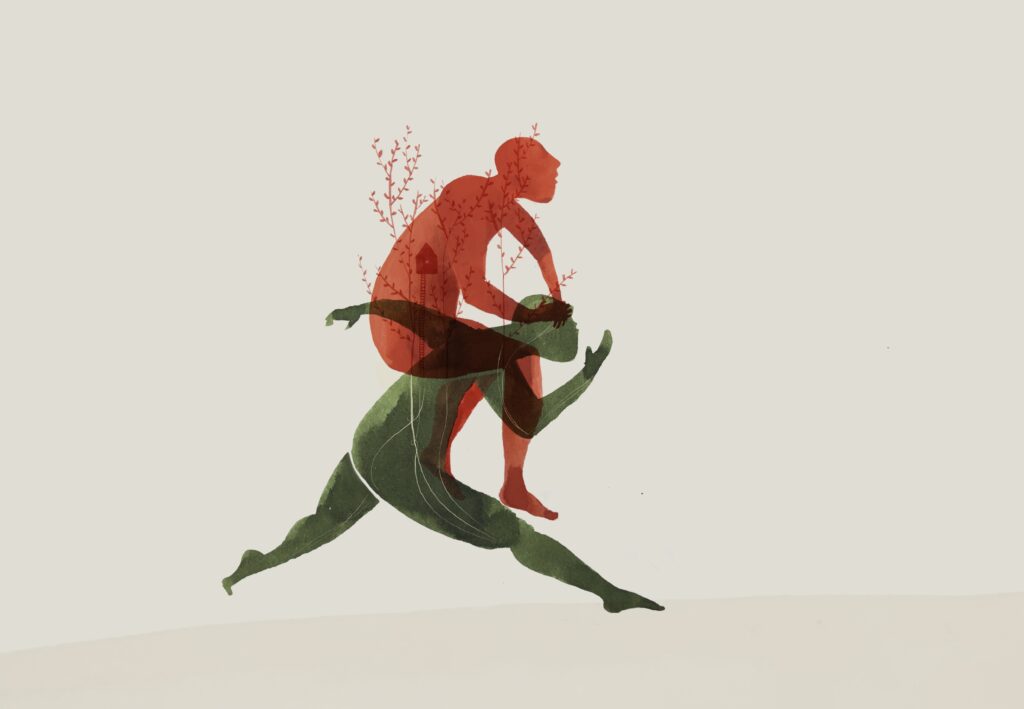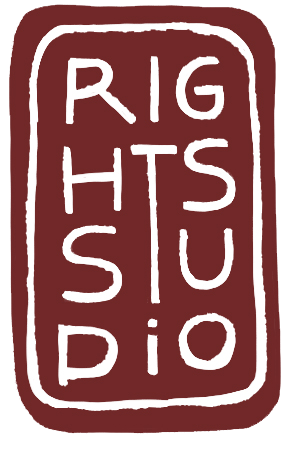
“Everything we hear is an opinion, not a fact. Everything we see is a perspective, not the truth.”
— Marcus Aurelius
Is the way we see and perceive the world real? In the same way that listening is a skill we often take for granted, so is seeing.
In Ways of Seeing, John Berger said the process is much less spontaneous and natural than we tend to believe and that a large part of seeing depends on habit and convention. Biologists Maturana and Varela suggest that more than 80 percent of the information we use to create visual perceptions of the world comes from information already inside the brain.
This means that the reality we create from the lens through which we look is mostly formed through an interaction between what we see and our personal experiences, biases, assumptions and judgements. In other words, we have our very own unique perspective.
Problems occur, of course, when we believe that our perception of the world, our views, are true and must therefore be true for others. When this happens, it makes us less likely to accept or value information that may contradict our worldview. We become tunnel visioned.
Moreover, when people’s views differ from ours, we may think it’s our job to convince them otherwise. But of course if they also have their own views, they are not likely to accept any information or data we present to them, no matter how compelling it might be to us. Our efforts, no matter how creative, may well be futile.
Tunnel vision isn’t just a problem for us when we form opinions about issues or others, it can misguide us in our work and the impact we have on the world. This is especially true (and a pressing issue) for those of us who work in the nonprofit sector, or any sector where we think we are helping others.
The habit of thought that most of us (at least in the West) have been trained into is one of identifying a problem, then fixing it. And fixing it will usually mean some sort of intervention. But if our interventions are based on our knowledge, the information we thought appropriate to collect, together with our assumptions, judgements and own experiences, are we not at risk of practising a form of blind arrogance?
It goes beyond just imposing our views (and ways of life) on others; learning to see and removing wrong perception might be the only way to peace.
Zen Master Thich Nhat Hanh said that most of our suffering comes from our wrong perception and misunderstanding and that by learning to see deeply and being freed from our views, we gain insight.
Insight is not achieved by amassing knowledge, but through experience. Real insight, he suggested, has the power to free us from our anger, fear and suffering.
Gaining insight doesn’t mean we must experience everything, this is impossible and there is beauty in the unknown, the unseen, the shadow; but it means that when we do see, we learn to observe and discern, without judgement.
If we can accept that our perceptions and perspectives are just that, ours, we can begin to imagine that there are a multitude of them out there, and this may lead us to see connections previously not seen. This may seem simple, but it’s more urgent than we think.
In a recent post on how we should be taking a systems-view of the world, Daniel Christian Wahl says we may be living in a crisis of perception, quoting Fritjof Capra, he suggests that the ecological, environmental, social and economic crises we are facing are not separate but interconnected expressions of this crisis.
And if we can address this crisis of perception, this will “enable us to radically improve the quality of our lives and the health of the ecosystems and planet we inhabit. It will change the ways we relate to each other and the rest of the natural world,” Wahl suggests.
Here at the Rights Studio, we are looking for ways to broaden our perspectives and embrace the unseen. We find inspiration in Marcel Proust’s words: “The real voyage of discovery consists not in seeking new lands but in seeing with new eyes.”
On that note, we will be taking a break in August and rest in contemplation. But during this time, we are inviting our readers to practise their own ways of seeing and sharing some results of this through photos and drawings; this could be anything, from the mundane to the magnificent. These will be transformed into a collective work on perspectives and presented during the forthcoming festival taking place in November where we will be experimenting with new ways of gathering, listening, seeing and moving.
Please send your contributions to info@rights-studio.org. Here is a glimpse of last year’s photo contributions of everyday objects. We also always welcome and deeply value the feedback and ideas we receive from you on how this weekly journal may continue to evolve over time. We look forward to hearing from you!
Words, Veronica Yates and illustration, Miriam Sugranyes
Read also The Art of Listening, An Ode to Slowness, The Art of Contradiction
For references and further resources, visit our inspiration page.
